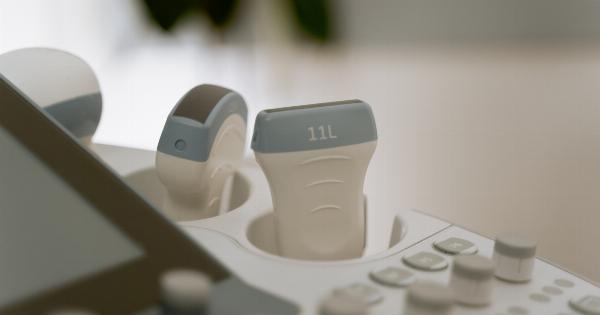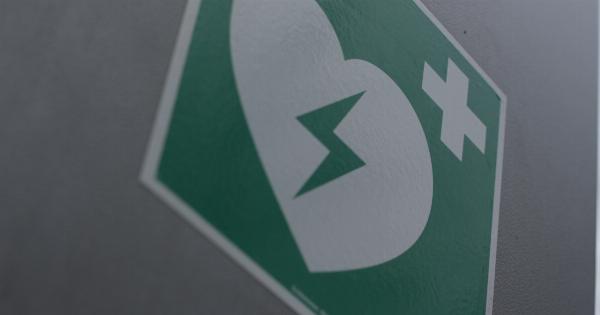Orthostatic hypotension, also known as postural hypotension, is a condition characterized by a sudden drop in blood pressure upon standing up or changing positions. It can cause symptoms such as lightheadedness, dizziness, and even fainting.
While orthostatic hypotension can occur for various reasons, it is essential to understand its connection to diabetes and the implications it can have on individuals with this chronic condition.
The Basics of Orthostatic Hypotension
Orthostatic hypotension is a relatively common condition that can affect individuals of all ages. When we stand up, blood tends to pool in the lower extremities due to the effect of gravity.
To compensate for this, our bodies typically increase heart rate and constrict blood vessels to maintain blood pressure within a normal range. However, in people with orthostatic hypotension, this compensatory mechanism fails, leading to a sudden drop in blood pressure.
The Relationship Between Orthostatic Hypotension and Diabetes
Research has suggested a significant association between diabetes and orthostatic hypotension. Several factors contribute to this connection:.
1. Autonomic Neuropathy
Autonomic neuropathy is a common complication of diabetes that affects the nerves controlling involuntary bodily functions. The autonomic nervous system plays a crucial role in regulating blood pressure, heart rate, and blood vessel constriction.
In individuals with diabetes, damage to these nerves can disrupt the body’s ability to respond appropriately when changing positions, leading to orthostatic hypotension.
2. Medications
People with diabetes often take medications to manage their condition, such as insulin or oral hypoglycemic agents. Some of these medications can cause or exacerbate orthostatic hypotension as a side effect.
It is essential for individuals with diabetes to be aware of the potential impact of their medications on their blood pressure when changing positions.
3. Vascular Dysfunction
Diabetes is known to affect the health and function of blood vessels. Vascular dysfunction, including impaired endothelial function and arterial stiffness, can contribute to orthostatic hypotension.
Damaged blood vessels may not respond efficiently to changes in body position, leading to a drop in blood pressure.
Diagnosing Orthostatic Hypotension
Diagnosing orthostatic hypotension involves a series of simple tests performed in a medical setting. The most common procedure is the orthostatic blood pressure test:.
1. Resting Measurement
Patient’s blood pressure is measured while lying down. A baseline reading is established.
2. Standing Measurement
The patient is asked to stand up slowly, and blood pressure measurements are taken again after a certain period, typically one to three minutes. Any significant drop in systolic or diastolic blood pressure indicates orthostatic hypotension.
Managing Orthostatic Hypotension in Diabetes
While orthostatic hypotension can be bothersome and sometimes alarming, several strategies can help manage this condition in individuals with diabetes:.
1. Stay Hydrated
Dehydration can worsen symptoms of orthostatic hypotension. Ensuring an adequate intake of fluids can help maintain blood volume and blood pressure levels.
2. Avoid Sudden Position Changes
Slowly transitioning from lying to standing or sitting to standing can minimize the chances of experiencing a sudden drop in blood pressure. Taking your time and allowing the body to adjust can be beneficial.
3. Compression Stockings
Compression stockings or abdominal binders can help improve blood flow and prevent blood pooling in the lower body. These garments apply pressure to the lower extremities and assist in maintaining blood pressure during position changes.
4. Medication Adjustments
If medications used to manage diabetes contribute to orthostatic hypotension, a healthcare provider may consider adjusting the prescription or dosage.
It is crucial to consult with a healthcare professional before making any changes to medication regimens.
Conclusion
Orthostatic hypotension is a condition that can significantly impact individuals with diabetes. The relationship between diabetes and orthostatic hypotension is multifaceted, involving autonomic neuropathy, medications, and vascular dysfunction.
Proper management of orthostatic hypotension through hydration, gradual position changes, and the use of compression stockings can improve symptoms and enhance the overall well-being of individuals with diabetes.






























